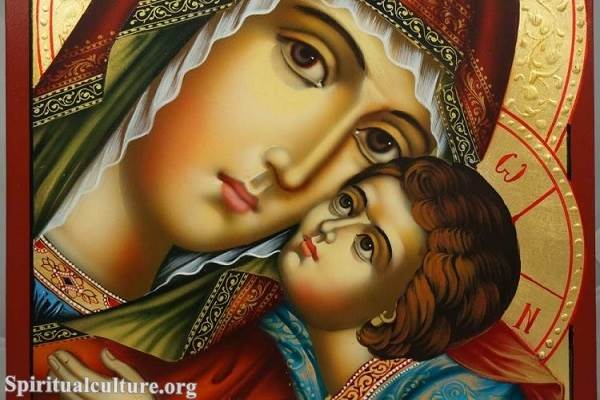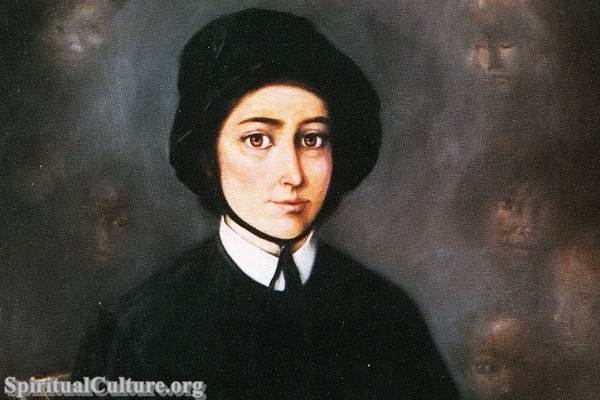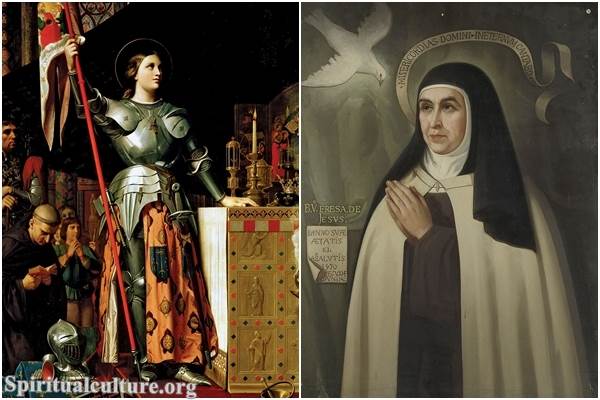The Catholic Church is rich with a pantheon of saints, each having their unique stories, miracles, and contributions. One such revered figure is Saint Philomena, a young virgin martyr, whose life and miracles continue to inspire the faithful globally.
This article will explore the life, miracles, and meaning of Saint Philomena in Catholicism, and how her story continues to inspire Catholics worldwide.
Saint Philomena: A Martyr of the Early Church
Saint Philomena’s story takes us back to the early days of the Catholic Church. She was a Greek princess who lived in the 3rd century AD. When she was just 13 years old, she made a solemn vow to God to preserve her virginity. However, her beauty attracted the attention of Emperor Diocletian, who sought her hand in marriage. Unwavering in her faith and commitment to God, Saint Philomena refused. Enraged by her refusal, Diocletian ordered her to be tortured and eventually executed. Her martyrdom marked her as one of the earliest saints in Catholicism.
The Miracles of Saint Philomena
St Philomena’s story does not end with her martyrdom. Her remains were discovered in 1802 in the Catacombs of Priscilla in Rome. When they were transferred to Mugnano, Italy, numerous miracles began to occur, which were attributed to her intercession. The faithful reported miraculous healings, conversions, and interventions, which led to her being declared a saint by Pope Gregory XVI in 1837.
Saint Philomena is often depicted holding a palm branch, a symbol of her martyrdom, an anchor, and arrows, which were the instruments of her torture. She is the patron saint of infants, babies, and youth, and is often invoked by the faithful for her intercessory powers, particularly in situations of desperation or when miracles are needed.
Saint Philomena in Catholicism
In Catholicism, saints are viewed as models of faith, and their lives are seen as a testament to the power of God’s grace. Saint Philomena’s story is particularly inspiring because of her unwavering faith and commitment to her vow of virginity, despite facing extreme persecution. Her story serves as a reminder of the power of faith and the strength that can be found in commitment to one’s beliefs.
Despite the fact that her name was removed from the liturgical calendar in 1961 following a review by the Catholic Church, her popularity among the faithful has not waned. Many Catholics continue to venerate Saint Philomena, and she remains a popular figure in Catholic devotions, particularly in Italy and other parts of the world.
Conclusion
The life and miracles of Saint Philomena serve as a testament to the power of faith and the divine grace that can be found in the midst of suffering. Despite the challenges and persecution she faced, her unwavering commitment to her faith and her vow of virginity made her a beacon of strength and resilience.
Her story continues to inspire Catholics worldwide, reminding them of the power of faith and the miracles that can occur through divine intercession. Whether through her depiction in art, her veneration in devotions, or the miracles attributed to her intercession, Saint Philomena remains a powerful and inspiring figure in Catholicism. Her life serves as a testament to the enduring strength and power of faith in the face of adversity, making her a beloved figure for many Catholics around the world.





